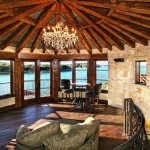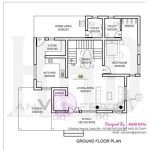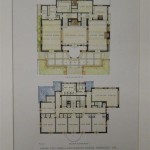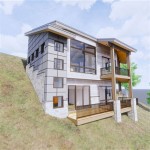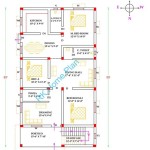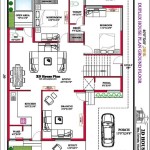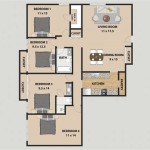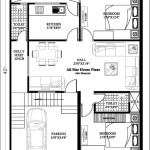Tiny Eco House Plans: Essential Aspects to Consider
Tiny eco houses are gaining popularity as a sustainable and cost-effective housing solution. These compact dwellings prioritize environmental friendliness, energy efficiency, and space utilization. When planning and building a tiny eco house, it is essential to consider the following key aspects:
1. Site Selection and Orientation
Choosing the right location and orientation is crucial for maximizing natural light, reducing energy consumption, and preserving the surrounding environment. Select a site with good sunlight exposure for passive solar heating and consider the orientation of the house to optimize airflow for natural ventilation.
2. Sustainable Materials and Construction
Utilize eco-friendly materials throughout the construction process. Opt for renewable resources such as bamboo, sustainably harvested wood, and recycled materials. Use energy-efficient construction methods, such as passive house principles, to minimize energy loss and reduce environmental impact.
3. Energy Efficiency and Renewable Energy
Maximize energy efficiency through meticulous insulation, airtight construction, and the use of energy-efficient appliances. Consider renewable energy sources, such as solar panels or wind turbines, to generate electricity and reduce dependence on grid power.
4. Water Conservation
Implement water-saving measures to conserve this precious resource. Install low-flow fixtures, collect rainwater, and utilize greywater systems for irrigation. Consider composting toilets or waterless urinals to reduce water usage.
5. Waste Management
Develop a comprehensive waste management plan to minimize waste generation and promote sustainable disposal. Utilize composting systems for organic waste, recycle paper, plastic, and metal, and partner with local waste management services for proper disposal.
6. Indoor Air Quality
Ensure healthy indoor air quality by selecting low-VOC materials, providing adequate ventilation, and using air purifiers. Avoid using synthetic fabrics, paints, and cleaning products that release harmful chemicals.
7. Compact and Multifunctional Design
Optimize space utilization by designing a compact layout that maximizes functionality. Utilize built-in furniture, clever storage solutions, and multi-purpose spaces to create a comfortable and efficient living environment.
8. Local Climate Conditions
Consider the local climate when designing your tiny eco house. Adapt the design to withstand extreme weather conditions, ensure proper insulation and cooling/heating systems, and choose drought-tolerant landscaping to minimize water consumption.
9. Permitting and Legal Considerations
Obtain necessary permits and clearances before construction. Ensure compliance with local building codes and zoning regulations. Research any incentives or subsidies available for eco-friendly construction.
10. Long-Term Sustainability
Design your tiny eco house with longevity in mind. Use durable materials, consider future maintenance costs, and prioritize sustainable practices to ensure its environmental and financial viability in the long run.

Tiny Eco House Plans Off The Grid Sustainable Houses

Tiny Eco House Plans Off The Grid Sustainable Houses

25 Small Sustainable House Plans Cutaway Drawings Natural Building Blog Home

Small Living Big Savings Eco Friendly Tiny Homes You Ll Love Cabane Bois Plans De Petite Maisonnette En

Purcell Timber Frames The Eco House Tiny Plans Design

Eco House Plans Friendly Design Narrow

Eco House Design Is Heavenly Complete With Wings Plans

Tiny House Plans And Small 1 Story Below 1000 Sq Ft
Green Home Plans Eco Friendly

Tiny Eco House Plans By Keith Yost Designs Containerwoning Groen Huis Kleine Huizen

